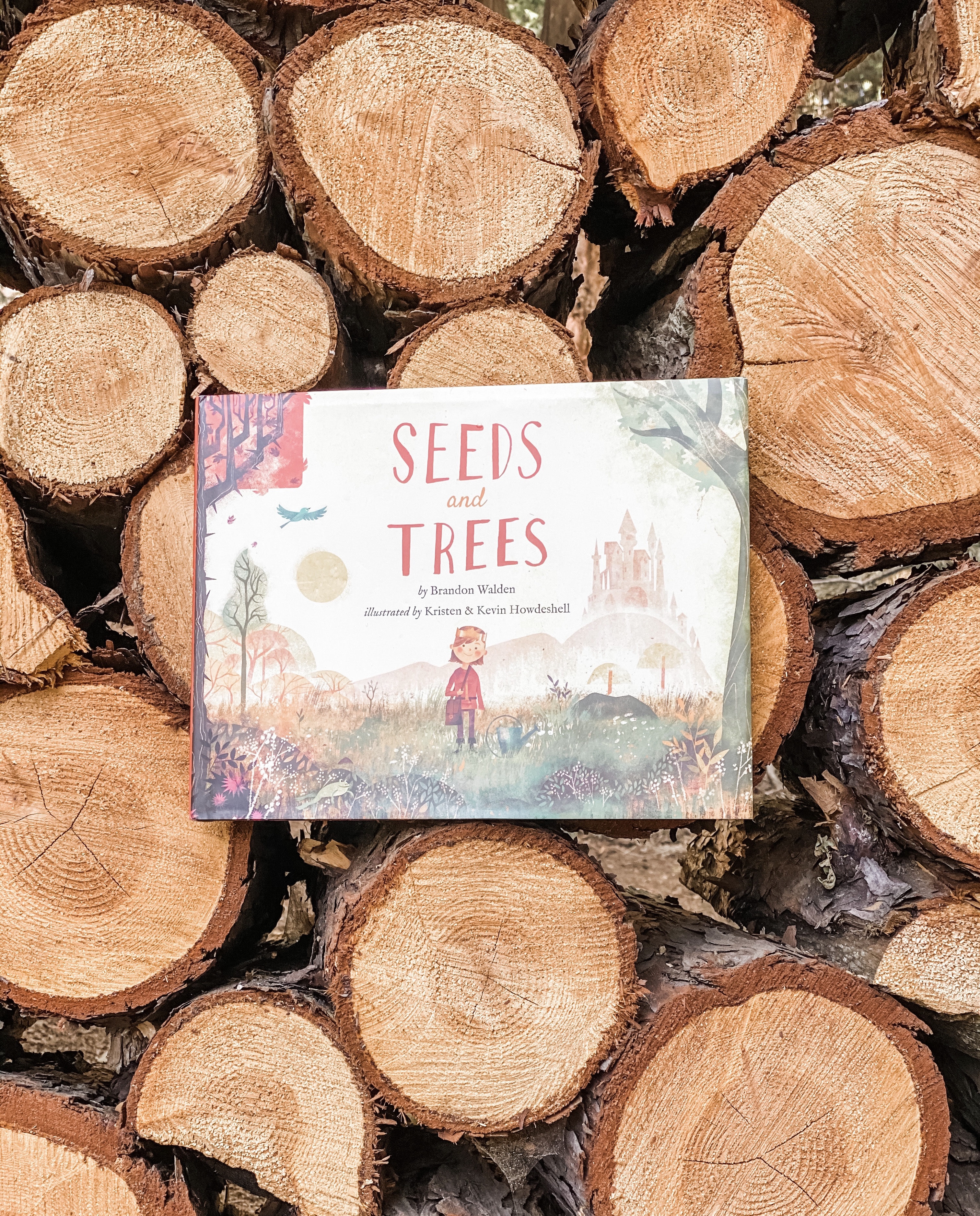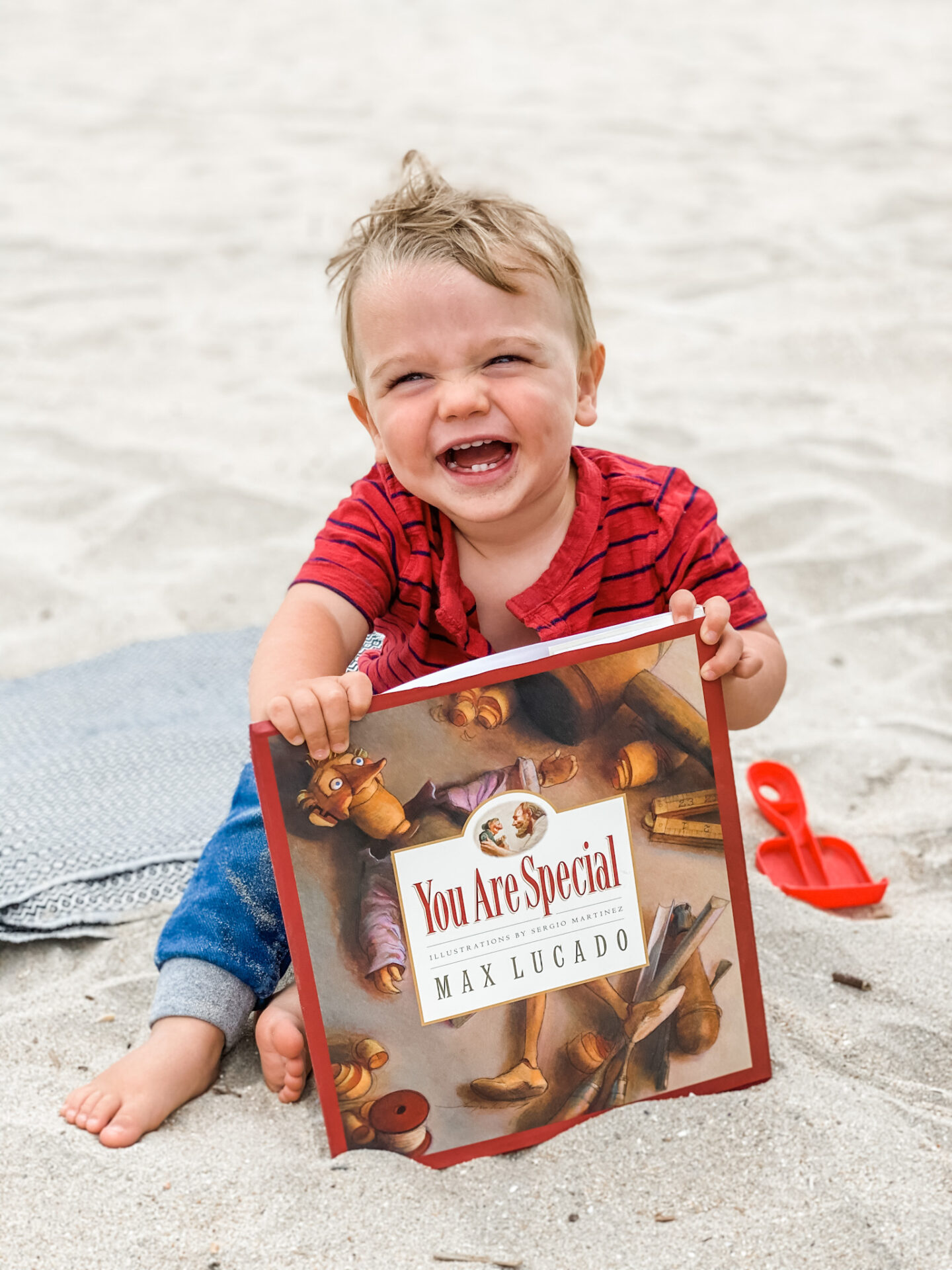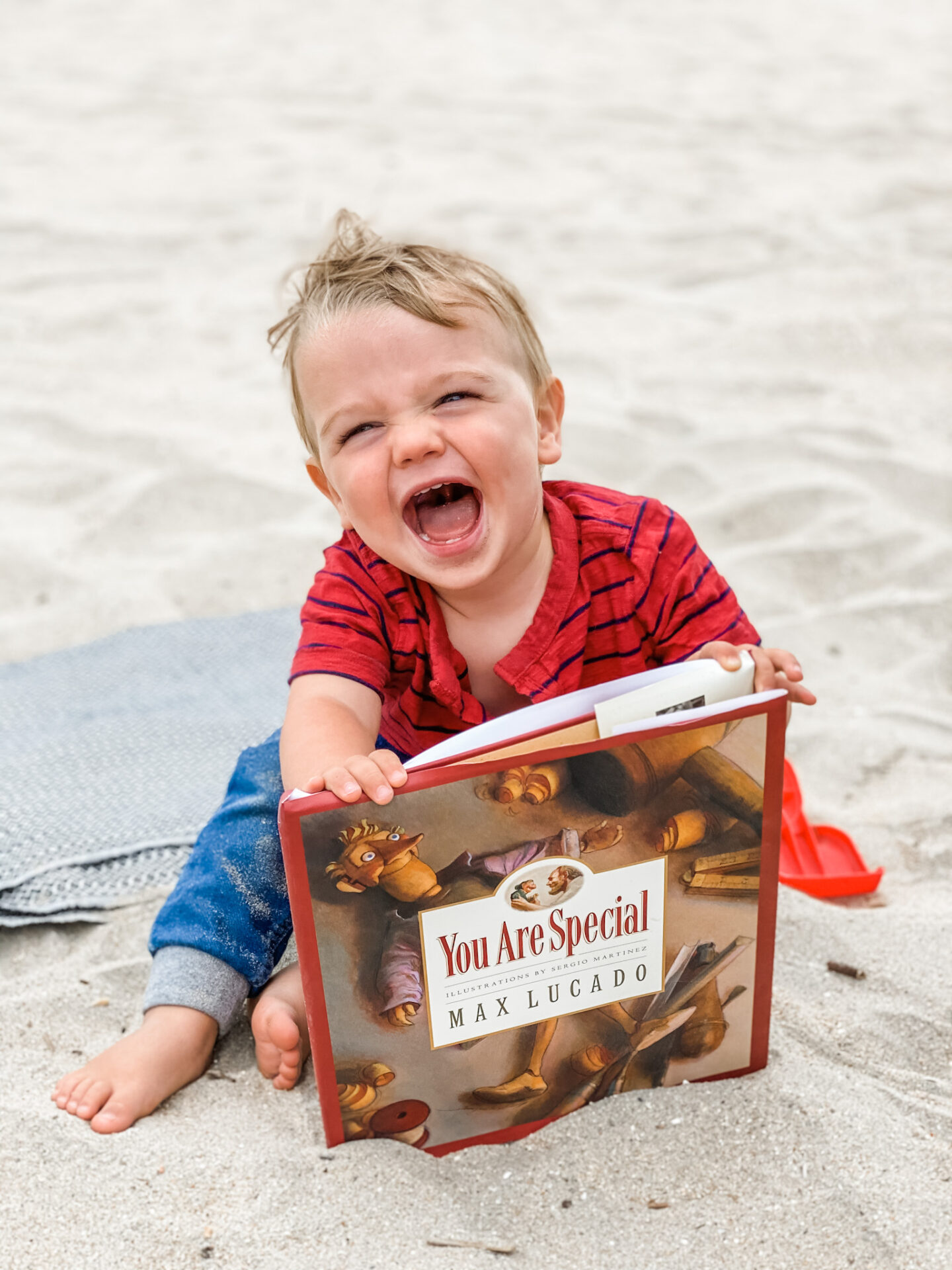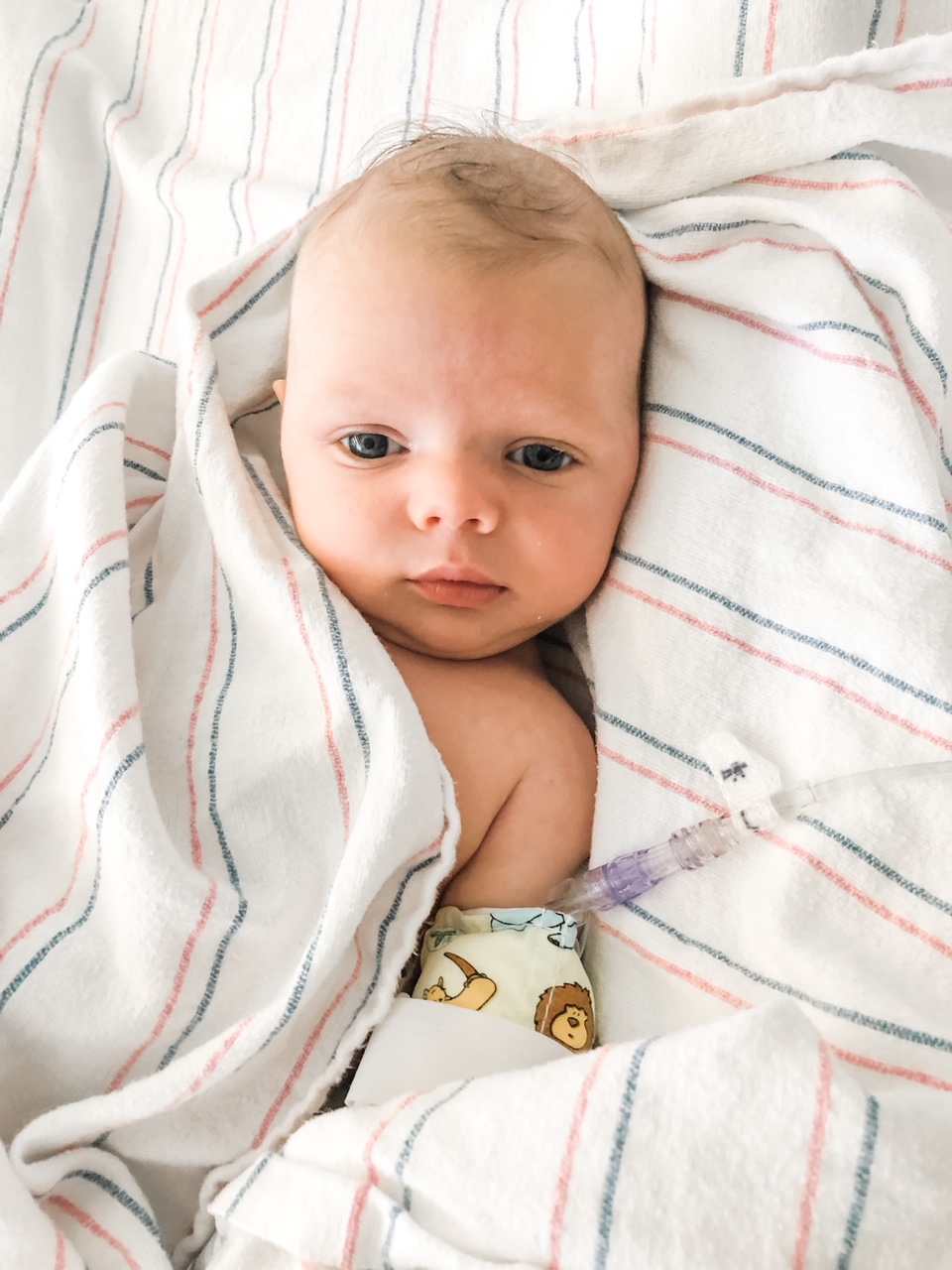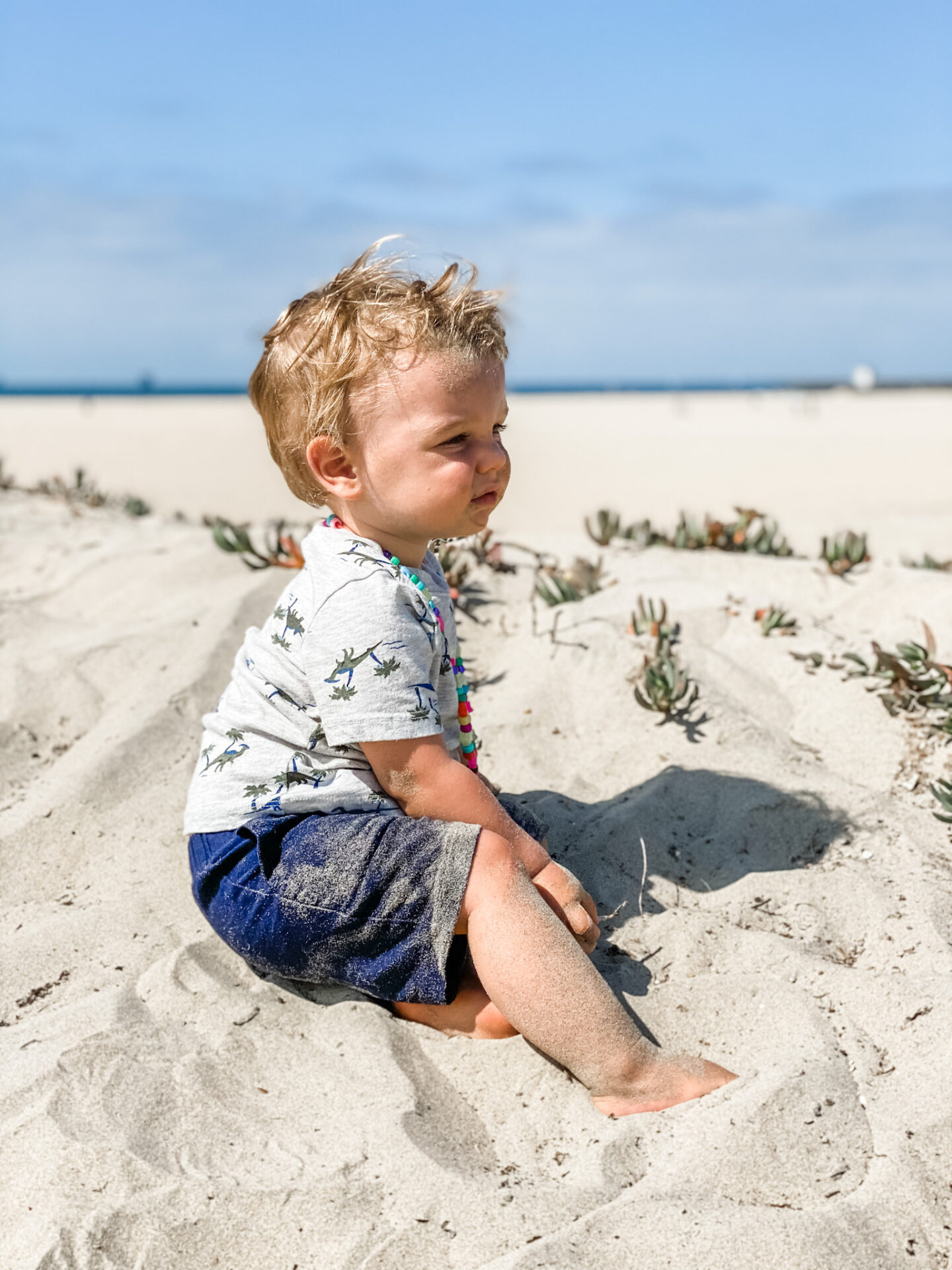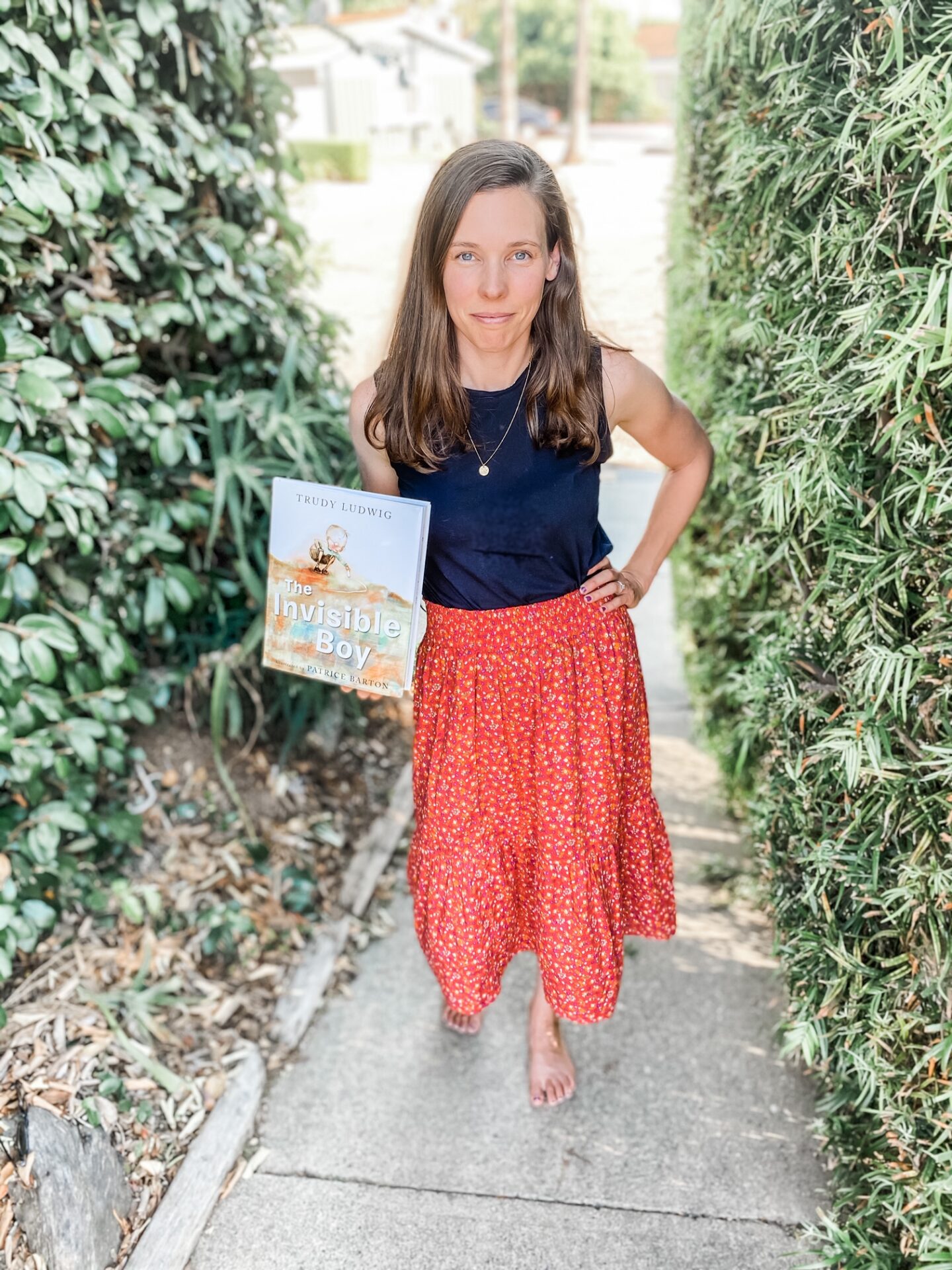What does The Runaway Bunny by Margaret Wise Brown have to do with The Vanishing Half by Brit Bennett? Kind of a lot (although I’m not sure whether Bennett would appreciate the comparison). Both are about the constraints of identity and the ways in which we spend our lives fighting against them. Both focus on the parents-child relationship, and the temptation both parties often feel to run away (and then back to) each other. Both are about the power of transformation, and its ability to bring us together, but also tear us apart. And both of them are about bunnies. (Just kidding.)

The Vanishing Half by Brit Bennett is about two sisters (Stella and Desiree), who are raised in a tiny, African American town in the south, so small that it is almost invisible. The girls are both light enough to pass as white, but only one makes the choice to do so. The book switches back and forth in time, telling the story of the twins’ divergent lives, as well as the converging fates of their daughters. This book deals with racism, both within the African American community, and in the country at large, as well as themes like the fluidity of identity, and the ways in which one’s sense of self is driven both by the very real world they inhabit, as well as the lies and half-truths they are told about it.
There is a strong emphasis on the power of history in this novel: all of the characters desperately want to escape something, or become something new, but are, at the same time, irrevocably tied to the past. Some of the characters feel so trapped in what they believe to be true that they get stuck, and fail to see that they, like the world around them, are capable of changing.
I think what I found most impressive about this book was that the characters were all so real–in a very frustrating and messy way. There were so many points in this book when I wanted to slap Stella, but I also found her desperation to maintain the facade she had worked so hard to build kind of relatable. Her daughter, Kennedy, was also completely insufferable at the same time that she was sympathetic. Kennedy’s life was built on luxury and luck, but also on lies, and it was this second fact that made it nearly impossible for her to develop any real sense of self.
Desiree’s daughter, Jude, whose name, as she points out herself, is a biblical allusion more than a pop-culture one, is the only character who, like her namesake, is able to catch glimpses of how lies and dishonesty have led people she loves astray. (The symbolism here, as well as the fact that Jude is so dark she is alienated from her community and “disappears” in photographs, is just so perfect.) But, Bennett doesn’t let it be that simple, because Jude also lies: to her mother, and her boyfriend, and herself at times. There’s another lesson here, I think, about when a lie is a lie, or an act of love. And, when Jude’s boyfriend “lies” about who he is, he also shows readers that a lie can seem like a lie to others, even when it is really just the truth.
In addition to their complex relationships with history and the truth, Stella and Desiree also struggle with motherhood, and the fact that their children are, in many ways (appearance being just one), so foreign to them. While I think that the racial and historical context of these feelings is important in its own right, I also think that all mothers, even those whose children who look like them, and inhabit the same “world” as them, can relate to the desperation the twins feel when they realize their children are moving further and further away from them. I thought the saddest part of this whole book was the void between Stella and her daughter, and the fact that, even after the truth was laid bare, the space was still there.
But then again, maybe this bothered me because the existence of this void, in any parent child relationship, is unavoidable. The ways in which I made sense of the world, and the truths I constructed my identity around, won’t be the same as those my daughter experiences. The world today is already so different than it was when she was born, and there is no way a child who has to be a child now will completely understand someone who was a child 30 years ago (and vice versa).
Like the river Jude floats down at the end of the novel, the passage of time, and the erosion of the reality that I know to be true is both natural and inevitable. But I think what this book reminds me of most is that, while I can’t let the past control who I am, or how I see my children, I need to understand how it shaped me, so that I can let go, for both myself, and my kids.
The final thing I want to say about this book, and the part that made me most uncomfortable, was the fact that all of the characters spend so much of their lives alone. I think there is probably something purposeful in this–maybe a statement about how prejudice and self-loathing cause people to push others away, or hide from connection because they don’t feel worthy of acceptance? But regardless, the rampant loneliness really really bothered me. Desiree and Stella both show so much strength and fortitude in their own ways, but are so stubborn and fearful when it comes to letting people in. Stella even passes this trait on to her daughter who, in turn, spends most of her life pushing away any chance of a real relationship. I think, if anything, this aspect of the book was a reminder to me that it is always easier to shun real connection, than engage in it. But, at the end of the day, the only way to live is the latter.
ANYWAY, this book is really good. Go read it.
The Books (Click to Purchase):


